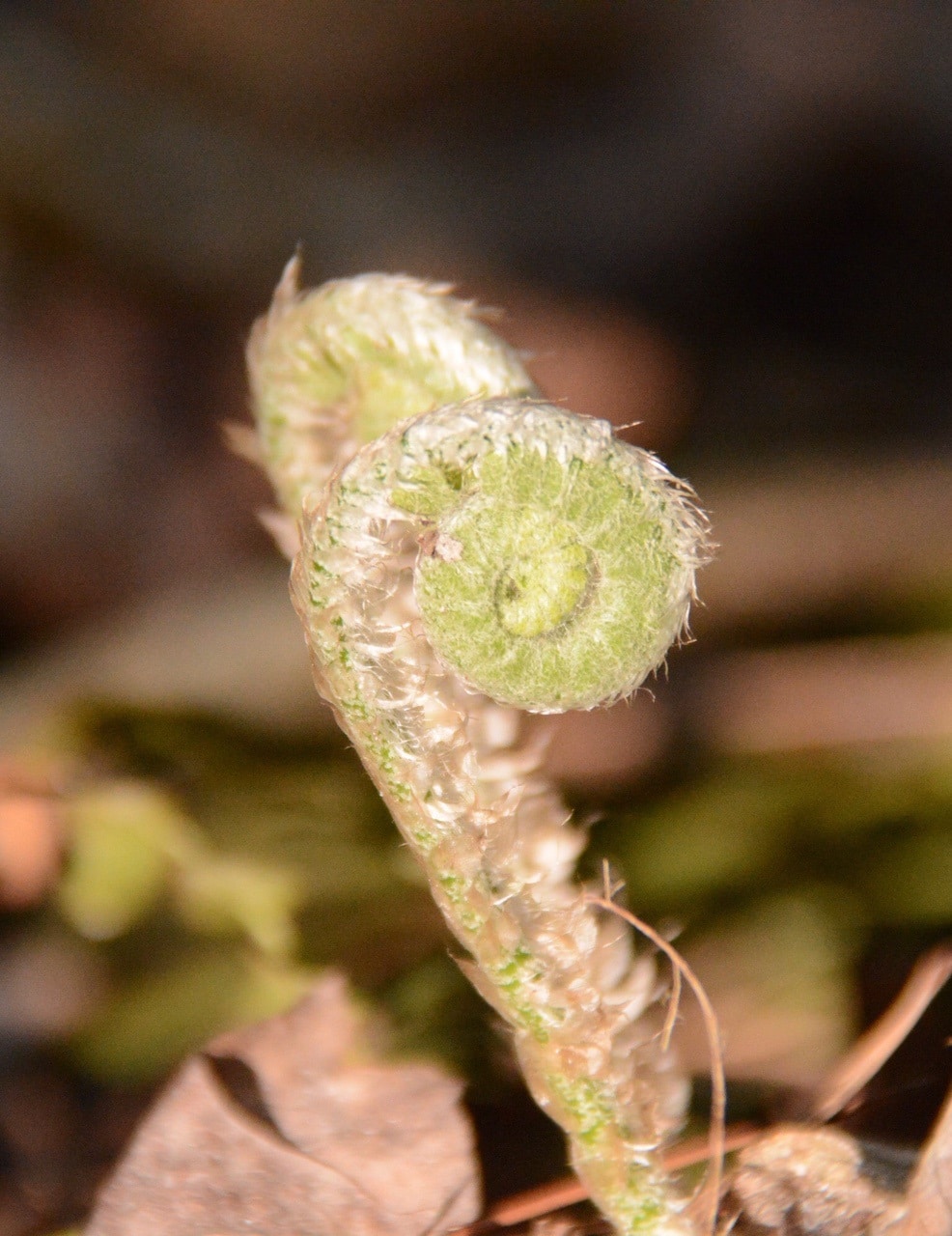
During the next few weeks and months while many of us are “hunkered down,” it is important to remember that the world around us is still beautiful, ever changing, and very much alive. Across North Carolina new wildflowers will pop up every week, different birds arrive and depart each month, and beaches, rivers, and forests can provide sanctuary and respite in these difficult times.
Even though we may be physically isolated, we are supported by our families, friends, and by an unseen army of community heroes. Support and solace can also be found in the natural world around us. Several of you have observed that springtime is your season of healing and renewal.
March and April are major transition months in natural North Carolina. It is the time of year when change is most visible. Gray and brown landscapes can turn chartreuse…and then green…in a couple of days. These transitions happen so fast that we see only a fraction of what is occurring just a few steps from our doors…and in the streams, fields and forests of our Tar Heel universe. While we are hunkered down, the natural world is still a very busy place!
Each plant and animal has a role in its community, “tasks” to perform and a reason to be here. As much as we know about quantum physics, artificial intelligence, and the cosmos, we still have much to learn from nature about collaboration on this tiny rock called Earth. Ever the optimist, I celebrate the extreme natural diversity found in North Carolina knowing that it improves quality of life and provides comfort for each of us.
After many years of observing North Carolina‘s “lifescape” (the interdependence of plants and animals) with UNC-TV, I still experience the same curiosity and awe that I felt at age 12. My passion is rooted in small farm ponds in the Piedmont, tiny trout streams near Brevard, tidal pools in Carteret County, the mysteries of a longleaf savanna, and the miracle of Appalachian wildflowers. As you will see in the images below, nature is already decorating the land, rehearsing songs and preparing for our return.
Health, hope and joy to you and your families,
Tom Earnhardt
Our “birds of winter”—ducks, swans, and snow geese—will depart coastal wetlands in early/mid March and fly to the far North.

In longleaf pine forests near Sanford, you’ll see the “fiddleheads” of various ferns unfurling in late March.

In the same places look for one of our most dazzling wildflowers, the 4-inch dwarf violet iris (Iris verna) emerging from the detritus of winter.
At the end of March, a newly arrived osprey couple in Bertie County, at the west end of the Albemarle Sound, is already squabbling over family meals and housekeeping chores.
In mountain cove forests, North Carolina’s native orchids will begin appearing in late April…
Salamanders of every shape and color (over 60 species!) will be active in Tar Heel creeks, ponds, and under damp leaves…
For much of North Carolina, 2020 is just beginning…